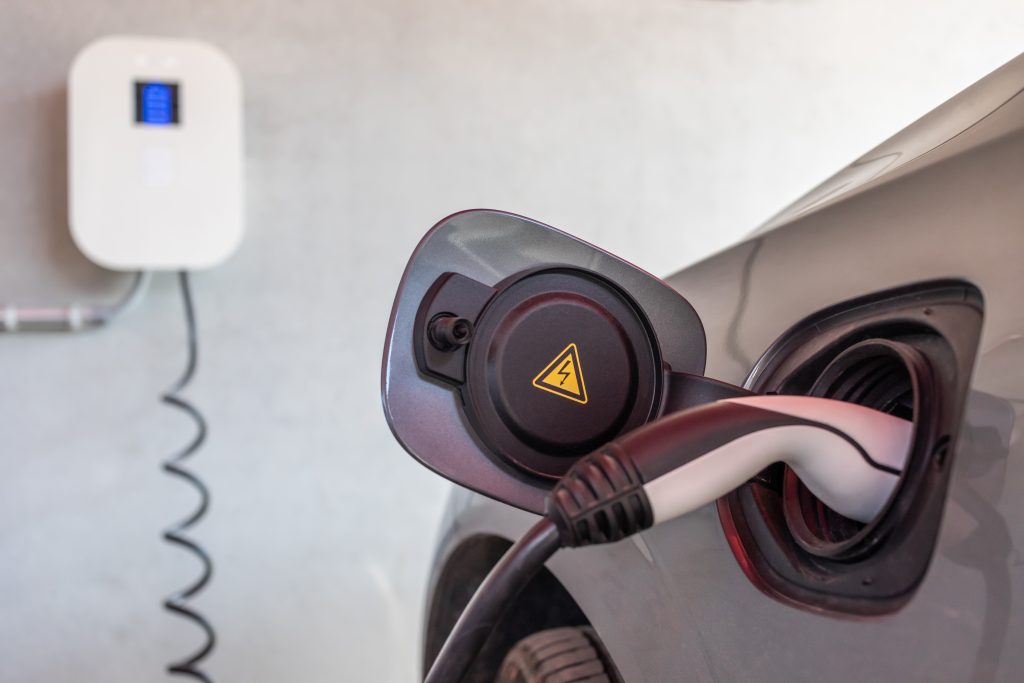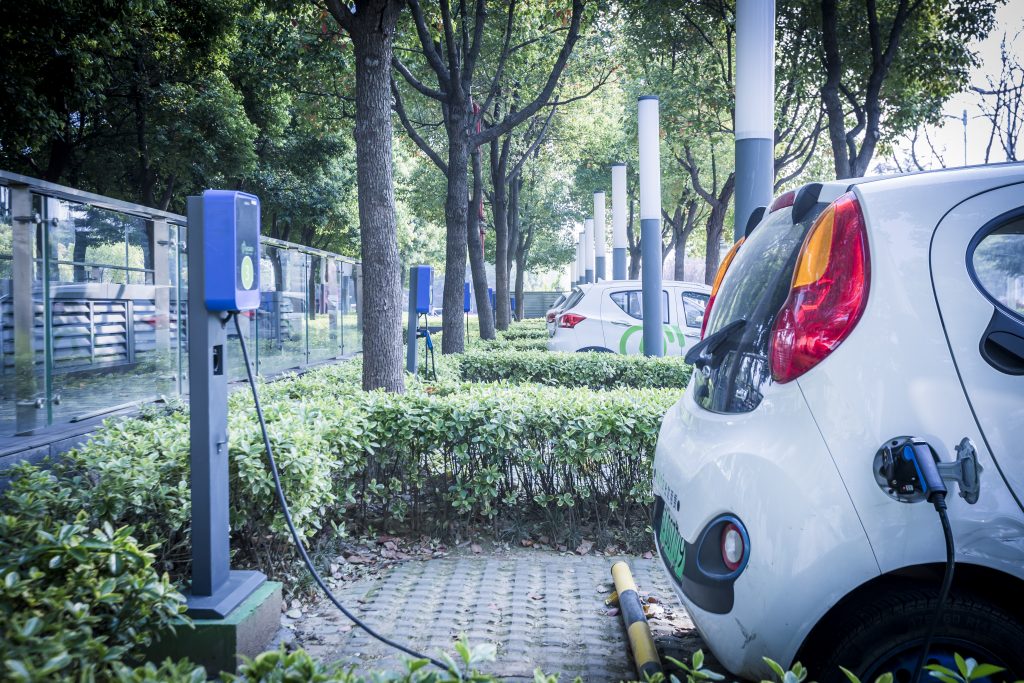While electric vehicles are far from the norm, they’re more popular than ever before. In fact, EV registrations rose by 60% in 2022, which means that people are beginning to take advantage of their environmental and economic benefits.
Those looking to make the switch will require electric vehicle charger installation. Read on to learn the components of an EV charger and how you can get one for your home.

The Three Levels of Chargers
Level 1 chargers plug your car into a normal 120-volt outlet. These charges really slowly and can take up to 50 hours if your car starts with no battery life. But, since most car owners only drive around 30 miles a day, these less-expensive options will probably meet most people’s needs.
Level 2 chargers are more heavy-duty and use a 220-volt outlet. This means that they’re using the same plugs as household appliances rather than small lamps. They charge the car in about 4-10 hours and are most common in commercial areas.
Level 3 chargers are almost always public and are more expensive. But they do charge your car in 20 minutes or so. Still, they’re probably not something to install.
You probably will be fine when you install a level 1 option.
Batteries
Lithium-ion batteries provide the power for your electric car’s charger. These batteries have cells and packs inside them.
They also have battery management systems inside to manage the way you control the charger. This is the starting point that the electricity comes from.
Power Conversion Systems
There’s also an inverter inside any EV charging system. This inverter is inside an enclosure for safety and converts battery power into real energy. It’s what lets your car get the charge from the static battery.
These power conversion systems also have an HVAC thermal management system. This keeps the battery in the charger at a reasonable temperature that you can adjust. That’s important because it prevents both the charger and your vehicle from overheating.
Software
Most public EV charging stations need software to monitor their activity. These web or smartphone apps let people connect the charger, monitor its progress, and detect problems with it. The software can also help public EV charger monitors with billing, payments, users, and costs.
This software isn’t strictly necessary for homeowners. After all, you won’t need to deal with payment. But the technology can be good to have if you want to monitor your car as it charges.
You’ll be able to see how full the battery is as it charges. Monitoring issues will also let you troubleshoot them faster so you can keep your car and charger safe. Check out some apps and decide on what to connect to your charger to keep your car in top shape.
 `
`
Install an Electric Vehicle Charger Today
Now that you know about the components of an electric vehicle charger, it’s time to get started. ROS Electric is committed to providing professional installation services for both home and commercial EV chargers. Contact us with any remaining questions you have about our experience, standards, and installation timeframe.


Write a Comment